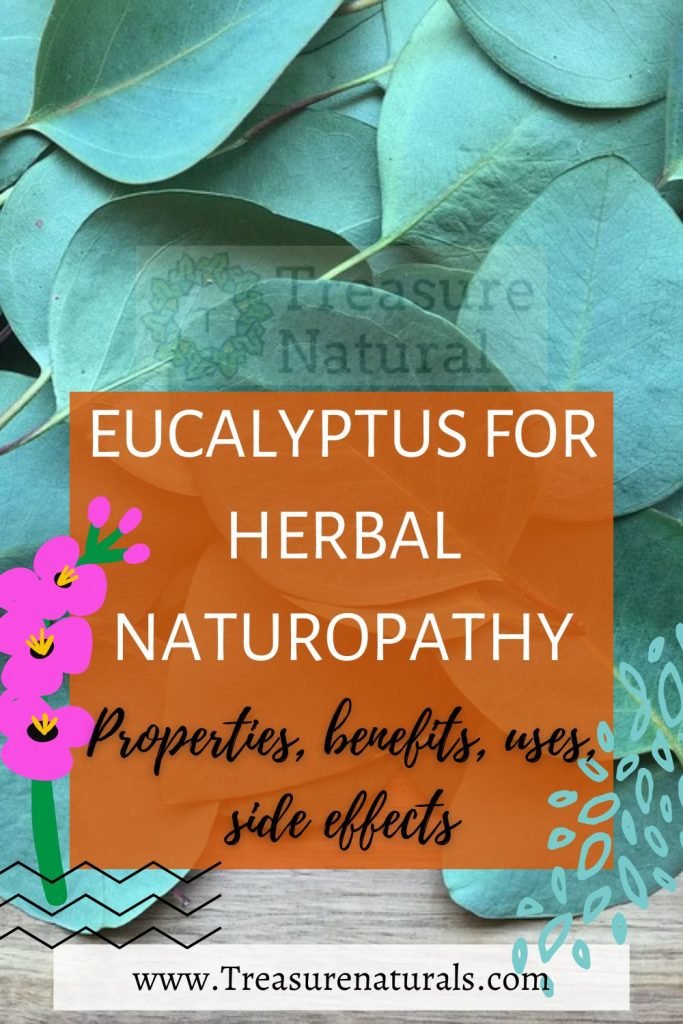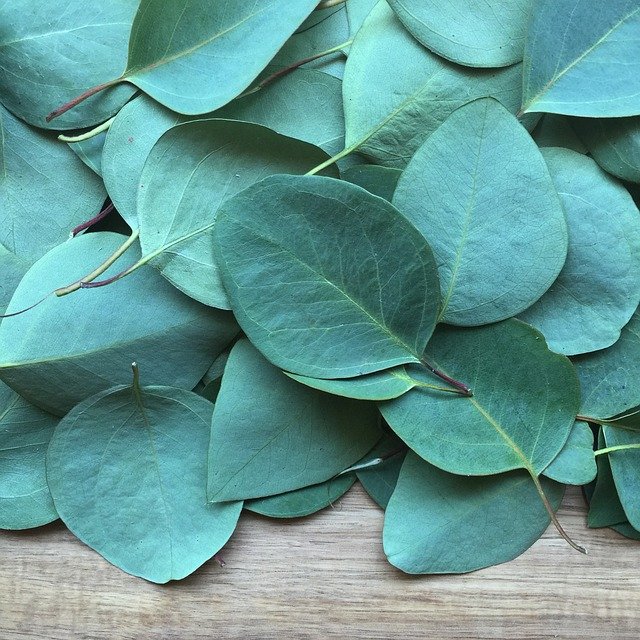
Eucalyptus is a useful remedy for coughs, colds and sinusitis but it is also widely used in cosmetics. Let’s find out better.
Eucalyptus for Herbal Naturopathy: properties, benefits, uses, side effects
Properties of eucalyptus
Eucalyptus leaves contain essential oil, phenolic acids, flavonoids and tannins. Such compounds give this remedy properties:
- Expectorants;
- mucolytic;
- antiseptic;
- anti-inflammatory.
Like many essential oils, eucalyptus also boasts balsamic properties.
Benefits of eucalyptus
Eucalyptus is used in phytotherapy and herbal medicine in case of flu and in diseases of the respiratory system, such as cough, cold, excess phlegm and in the treatment of sinusitis and pharyngitis.
Its use can also be useful to solve problems affecting the urogenital apparatus such as cystitis and candidiasis.
For external use,eucalyptus preparations exert a good antiseptic and healing action on infections of the skin and mucous membranes and are indicated in case of acne and impure skin, oily skin and hair, gingivitis and irritations of the vagienal mucosa.
Finally, it is used to burn the dried eucalyptus leaves to purify the air at home and perfume the rooms.
How to use
Internal use Infusion
It is prepared with about three grams of dried eucalyptus leaves in 150 millilters of boiling water. It is consumed after a ten-minute infusion. Eucalyptus infusion can be drunk two or three times a day.
Tablets containing dry eucalyptus extractare also available on the market, to be taken according to the instructions on the package.
External
use The infusion prepared with eucalyptus leaves and essential oil (10 drops in boiling water) can also be used for inhalations. Eucalyptus essential oil can also be diffused in the environment using a burner or used in ointments, candies and mouthwashes.
Contraindications
Eucalyptus, at high dosages and in sensitive people, can irritate the gastric mucosa and be toxic. The use of eucalyptus is contraindicated in case of inflammatory gastrointestinal and biliary tract diseases and in people suffering from liver diseases, as well as in subjects allergic to one or more components.
Eucalyptus essential oil, administered internally, can lead to nausea, vomiting and diarrhea. Its use is not recommended in pregnancy,during lactation and in children.
Description of the plant
The genus Eucalyptus includes about 500 different species, including the Australian eucalyptus (Eucalyptus regnans), known for the considerable height that can exceed even 90 meters and the Eucalyptus gunnii or cider eucalyptus, evergreen ornamental plant that can also be grown in pots. The most used eucalyptus in herbal medicine and phytotherapy is Eucalyptus globulus.
In general, the eucalyptus plant is a tree of great stature and fast growth, capable of reaching 20 meters in height in a few years.
The bark of eucalyptus is smooth, ash-gray and detaches into thin and elongated plates, while the wood of the trunk of eucalyptus is reddish.
The plants and theyoung branches carry opposite dorsoventral leaves, with a roundish flap, while the plants the adult branches have alternate sickle leaves. The drug consists of adult leaves, especially aromatic.
Eucalyptus flowers are grouped into flower buds, more or less numerous. From the nectar of flowers, bees get eucalyptus honey, useful against cough, sore throat and cooling diseases.
After the fiorituara the fruits develop, woody and hard capsules, wrinkled and covered with wax, called eucalyptus berries. The seeds are numerous and very small.
Eucalyptus trees are hardy and rustic but in case of excessive humidity they can have problems. Eucalyptus diseases are often provoked by fungi that affect leaves, branches and roots, causing rot of the affected parts.
The habitat of eucalyptus
Eucalyptus trees are native to Australia but today this tree is cultivated in all temperate regions.
Eucalyptus plants are characterized by fast growth, high heights and the ability to absorb large amounts of water from the roots. Their cultivation has therefore spread in order to dry up humid environments, to reforest and as windbreaks. These plants are also cultivated for the production of paper and eucalyptus wood.
Background

The botanical name Eucalyptus,comes from the Greek εὖ, “well“, and καλύπτω, “to hide“, in reference to the fact that the petals hide the rest of the flower, until flowering. It was introduced to Europe in the mid-IXX century from Australia and Tasmania.
The eucalyptus tree grows rapidly and absorbs a large amount of water from the soil, for this reason it is used to drain swampy soils helping to prevent the development of anopheles mosquitoes carrying plasmodium, the cause of malaria.
During and after the reclamation of the Pontine Agro (Italy – lower Lazio), which took place during the twenty years of fascism, numerous specimens of eucalyptus were planted, because the windbreak lines created by the rows of these trees constituted a valid protection against the strong wind and tornadoes (rather common in this area, especially in the autumn period); therefore the intensive planting of numerous specimens has, over time, contributed to the natural reclamation of marshland and, subsequently, to the maintenance and defense of arable land from stagnant water.






